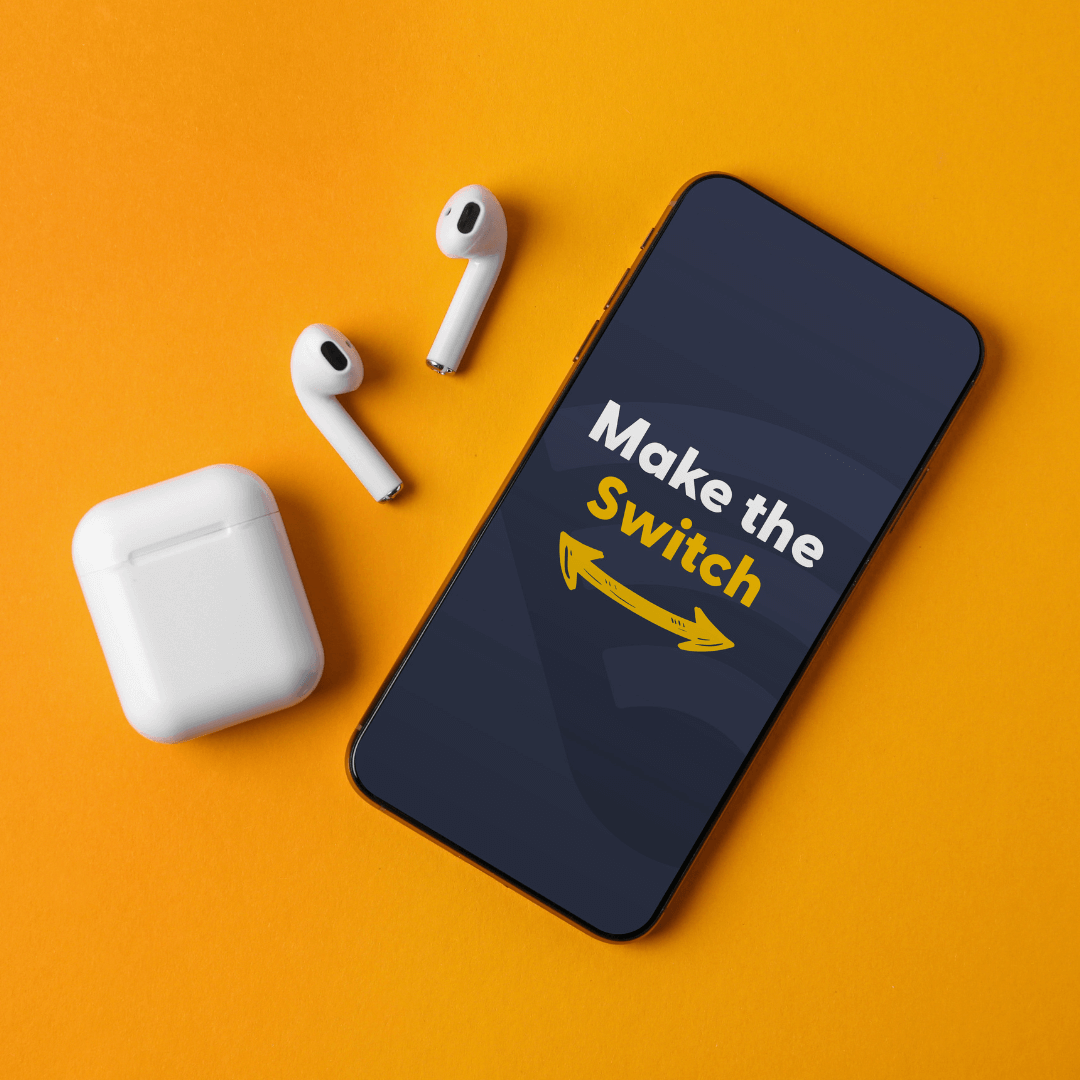
Almost ready!
In order to save audiobooks to your Wish List you must be signed in to your account.
Log in Create account
Limited-time offer
Get two free audiobooks!
Now’s a great time to shop indie. When you start a new one credit per month membership supporting local bookstores with promo code SWITCH, we’ll give you two bonus audiobook credits at sign-up.
Sign up todayNeuroplasticity
This audiobook uses AI narration.
We’re taking steps to make sure AI narration is transparent.
Learn moreSummary
Fifty years ago, neuroscientists thought that a mature brain was fixed like a fly in amber, unable to change. Today, we know that our brains and nervous systems change throughout our lifetimes. This concept of neuroplasticity has captured the imagination of a public eager for self-improvement -- and has inspired countless Internet entrepreneurs who peddle dubious "brain training" games and apps. In this book, Moheb Costandi offers a concise and engaging overview of neuroplasticity for the general listener, describing how our brains change continuously in response to our actions and experiences.
Costandi discusses key experimental findings, and describes how our thinking about the brain has evolved over time. He explains how the brain changes during development, and the "synaptic pruning" that takes place before brain maturity. He shows that adult brains can grow new cells (citing, among many other studies, research showing that sexually mature male canaries learn a new song every year). He describes the kind of brain training that can bring about improvement in brain function. It's not gadgets and games that promise to "rewire your brain" but such sustained cognitive tasks as learning a musical instrument or a new language. (Costandi also notes that London cabbies increase their gray matter after rigorous training in their city's complicated streets.) He tells how brains compensate after stroke or injury; describes addiction and pain as maladaptive forms of neuroplasticity; and considers brain changes that accompany childhood, adolescence, parenthood, and aging. Each of our brains is custom-built. Neuroplasticity is at the heart of what makes us human.
Featured in this playlist...
Audiobook details
Author:
Moheb Costandi
Narrator:
Tim Andres Pabon
ISBN:
9781469065182
Length:
3 hours 14 minutes
Language:
English
Publisher:
Ascent Audio
Publication date:
September 1, 2016
Edition:
Unabridged
 Start gifting
Start gifting
 Libro.fm for Business
Libro.fm for Business
 Start a membership, get two free audiobooks
Start a membership, get two free audiobooks